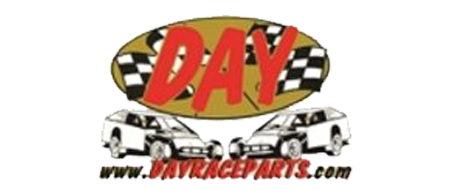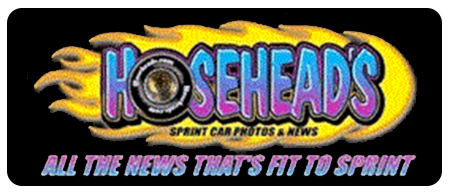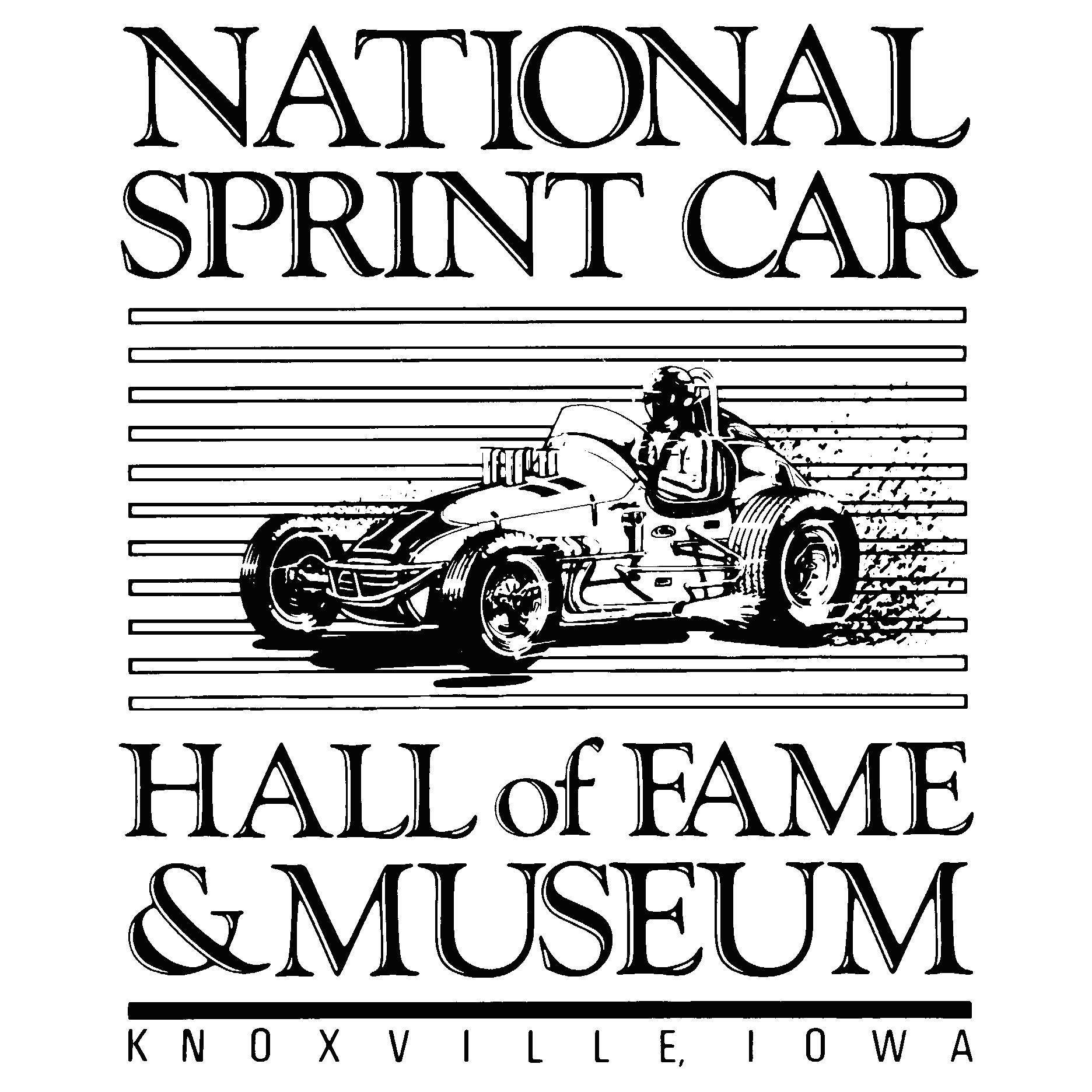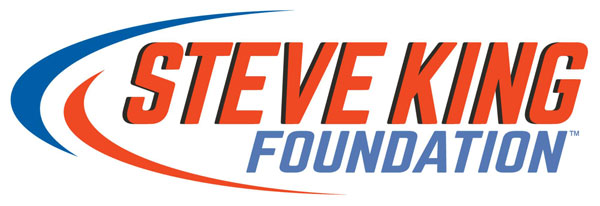Expect the unexpected at Talladega Superspeedway
Photo by Jared C. Tilton/Getty Images)
TALLADEGA, Ala.—Just when competitors thought they had dialed in the latest package at Talladega Superspeedway, NASCAR’s competition department called an audible.
In response to rising speeds and engine RPMs during the course of first practice, the sanctioning body elected to make changes in an effort to slow the Monster Energy Cup cars down.
Between first practice and Happy Hour, teams added a one-inch metal wicker bill atop the nine-inch spoiler and the choice of a .345 or .350 gear ratio.
“It’s important to note that it’s a new package, and we’re learning and making adjustments to make sure we’re in a good place when we get 40 cars on the track at the same time,” read the message from NASCAR to the media.
NASCAR didn’t achieve the desired result of slowing the cars down or decreasing the closing rates between the cars. Kurt Busch led first practice with a speed of 202.671 mph (47.249 seconds). Following the changes, Ryan Newman jumped to the top of the speed chart with a lap of 204.157 mph (46.905 seconds).
However, NASCAR was able to lower the RPMs of the engine by between 150 and 180—a welcome change for the engine builders in the garage. Doug Yates, owner and principal at Roush Yates Engines, said the RPMs for qualifying should be around 8,000 and average about 8,600 during the race.
“Better with the change for sure,” Yates said. “It’s going to be an exciting race.”
Busch started on the front row for both Talladega races last year and finished a career-high second in the Geico 500. He felt his fellow competitors approached the first session a little more conservatively than they did in Happy Hour.
“The first practice, everybody tried to sort out what the feel would be, so they just stayed in line,” Busch said. “When people stay in line, you generate a fast lap time. That got us in a range that NASCAR thought was too fast. Therefore, they came back with changes between practices.
“It didn’t change (the feel) much, but in the second practice, everybody had more comfort. The draft they were sorting through was much bigger with the runs you would get. When you would pull out of line (the speed) would decrease, the way you would slow down would really hit hard.
“I would say the draft in general, from where we were Daytona to right now, everything happens quicker and everything happens more aggressively. So speeding up, finding a lane and finding a draft is huge. As soon as you pull out and you think you have a slingshot, it’s like somebody pulls the hand brake and the car slows down big time.
"There’s going to be a lot of the accordion effect when people are looking to make passes and looking to assemble a drafting group or a lane or partners or friends. It’s definitely different. The drivers all seem to be a step behind (rather) than a step ahead.”
Busch completed 30 laps in first practice, second only to Joey Logano’s 35 circuits. Twenty-one of 37 cars ran in excess of 200 mph in the first session. After the changes, 24 of 39 cars exceeded the 200-mile-per-hour mark. Busch’s Ganassi Racing teammate Kyle Larson’s 38 laps were the most ran in Happy Hour.
Brad Keselowski and Kevin Harvick were two of the drivers NASCAR talked to after the changes.
“I think they were just listening,” Keselowski said of the discussion with the sanctioning body. “I don’t think there were any insights into what they were looking for.”
Keselowski did not get a sense whether NASCAR would make further changes before Sunday. He agreed with Busch that there was little difference between the two sessions, other than the cars slowing down when running alone and picking up speed in the pack. Although Keselowski had no issues with visibility in the first session, the addition of the one-inch metal strip above the spoiler “made it a lot harder to see, without a doubt.”
Martin Truex Jr., could definitely feel a difference between the two configurations, but he wasn’t thrilled with the initial ride of the No.19 Bass Pro Shops Toyota.
“Our car was pretty screwy the first practice,” said Truex, who was third in final practice with a lap pf 204.114mph. “It was hard to get a good gauge on it. Our car was really unstable in first practice. It was a lot more draggy after the changes. As far as the drafts and the runs, I definitely thought the runs were bigger with the wicker, and you stalled out even worse without help.
“It’s going to be crazy, I think. It’s going to be a real wild race.”

.png)





